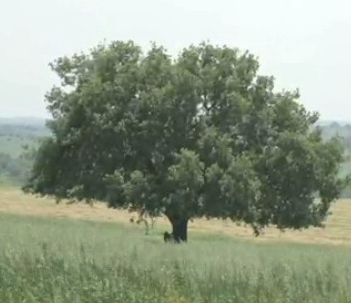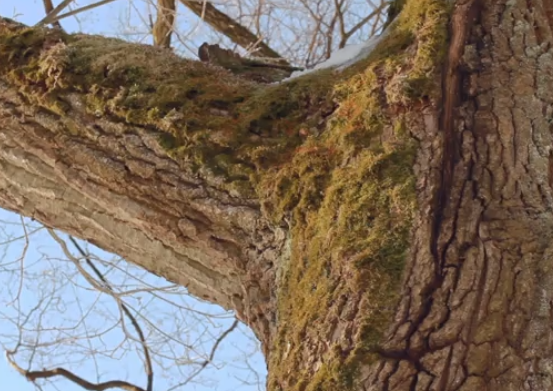| "Descrizione" by Qwerty (3763 pt) | 2023-Aug-01 16:46 |
Review Consensus: 9 Rating: 9 Number of users: 1
| Evaluation | N. Experts | Evaluation | N. Experts |
|---|---|---|---|
| 1 | 6 | ||
| 2 | 7 | ||
| 3 | 8 | ||
| 4 | 9 | ||
| 5 | 10 |
Quercus robur bark extract commonly known as English Oak or European Oak, Quercus robur (a plant belonging to the botanical family Fagaceae) is a tree species native to Europe and parts of Asia. The bark extract derived from this tree has been traditionally used for its astringent properties. Over the years, its benefits have also been utilized in cosmetics and personal care products.

Decomposition of the name and function of the components
- Quercus robur - This is the scientific name for the common oak or pedunculate oak, a tree species widespread in Europe.
- Bark - Refers to the tree's bark. The bark of this oak contains tannins and other beneficial compounds.
- Extract - Indicates that the product is a concentration of some components of the bark.
Description and function of the raw materials used in production
- Quercus robur bark - Provides the primary bioactive compounds of the extract, such as tannins, which have astringent and anti-inflammatory properties.
- Solvent (like water or ethyl alcohol) - Used to extract the desired compounds from the bark.
Summary of the extraction process step by step
- Collection and preparation of the bark - Bark is harvested from trees and cleaned from impurities.
- Shredding - The bark is shredded into smaller pieces to increase the surface area in contact with the solvent.
- Extraction - The shredded bark is soaked in the solvent for a specified period, allowing the bioactive compounds to diffuse into the solvent.
- Filtration - Once extraction is complete, the solution is filtered to remove any residual solid particles.
- Evaporation - The solvent is then evaporated, leaving behind the concentrated Quercus robur extract.
- Stabilization and preservation - The extract may be further treated or stabilized for long-term storage.

What it is for and where
Cosmetics
Cosmetic astringent. This ingredient exerts a direct effect on the skin by tightening dilated pores by contracting stratum corneum cells and removing superfluous oil.
CAS 71011-28-4
EC number 275-129-0
Commercial applications
Cosmetic and Personal Care Products: It's commonly used in products such as soaps, shampoos, cleansers, and many other items to prevent deterioration and maintain product clarity and stability.
Soaps: Helps prevent soap scum and mineral deposits from forming on the skin.
Properties
Chelating Agent: Binds to metal ions, preventing them from reacting with other ingredients and causing issues like rancidity or texture changes.
Preservative: Assists in enhancing the shelf life of products by preventing unwanted reactions.
Stabilizer: Keeps the product's consistency and appearance intact.
Studies
Quercus robur has demonstrated antibacterial properties (1) and is used in the treatment of intestinal disorders and in particular against diarrhoea (2) .
References_____________________________________________________________________
(1) Šukele R, Skadiņš I, Koka R, Bandere D. Antibacterial effects of oak bark (Quercus robur) and heather herb (Calluna vulgaris L.) extracts against the causative bacteria of bovine mastitis. Vet World. 2022 Sep;15(9):2315-2322. doi: 10.14202/vetworld.2022.2315-2322. Epub 2022 Sep 28.
(2) Mady MS, Ibrahim RR, El-Sayed EK, El-Shazly M, Chen LY, Lai KH, El Shaarawy FS, Moharram FA. UHPLC-MS profiles and antidiarrheal activity of Quercus coccinea münchh. and Quercus robur L. employing in vivo technique. Front Pharmacol. 2023 Feb 17;14:1120146. doi: 10.3389/fphar.2023.1120146.
| Evaluate |

